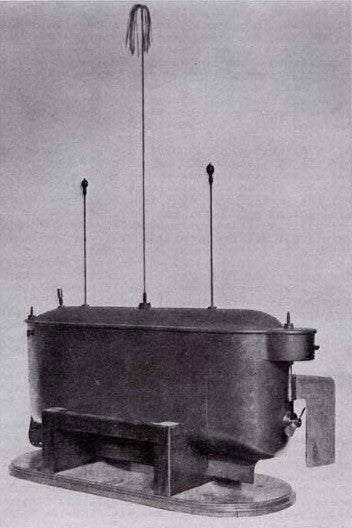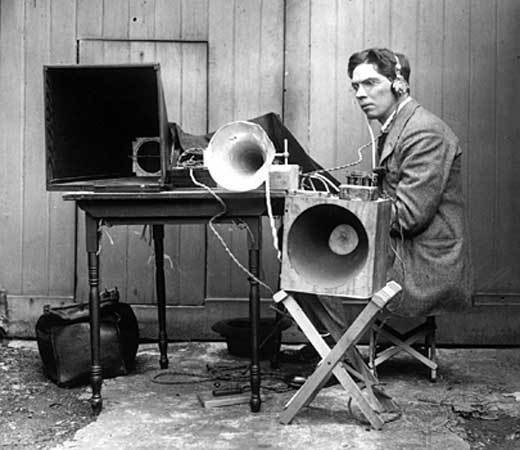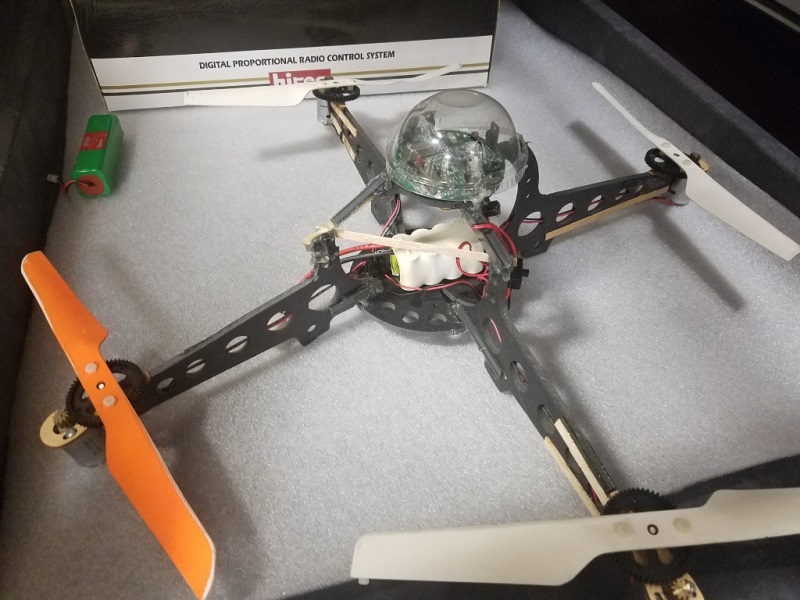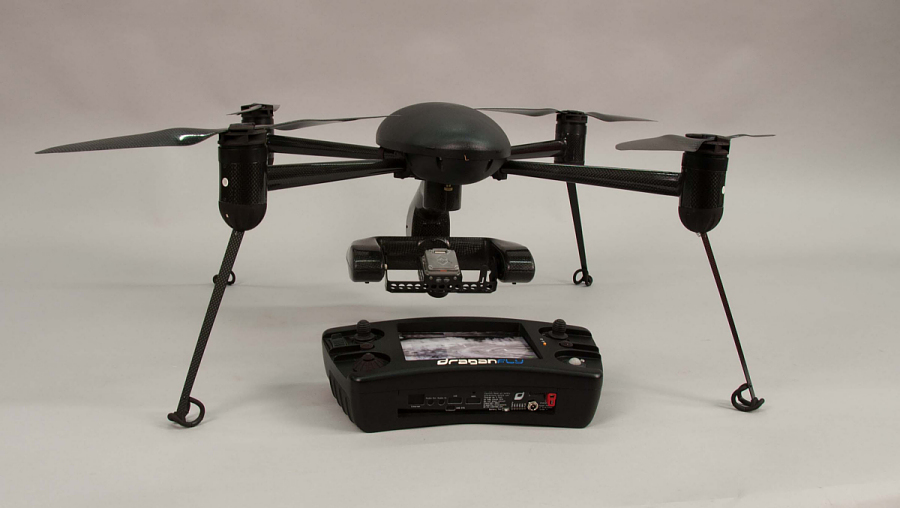Traditionally, we think of drones as lightweight, compact, and ultra-manageable vehicles — the opposite of traditional aircraft. To an extent, that’s because most hobbyist starter drones are made to fit into a backpack or even a pocket, with limited flight time being the tradeoff.
But scale that up, and you enter a whole different league. Industrial and military-grade drones are built for endurance, not portability. With larger wingspans and reinforced structures, these giants of the sky prioritize range, stability, and precision, and the five below are the biggest and most capable drones on the market today.
RQ-4 Global Hawk

The Northrop Grumman RQ-4 Global Hawk carries the title of the world’s largest UAV with a
130-foot wingspan that rivals a Boeing 737. Built for long-haul surveillance, it soars above 60,000 feet and stays airborne for over 32 hours, covering up to 12,000 miles in one go. It’s not just big—it’s relentless.
The advanced on-board sensors for imagery intelligence (IMINT), signals intelligence (SIGINT), and moving target indicator (MTI) can scan entire countries, like South Korea, in just one day. But all these capabilities come at a premium price: $82.5 million per unit, making it more expensive than many piloted military aircraft.
MQ-9 Reaper

MQ-9 Reaper is the second-largest military drone. Built by General Atomics, this 66-foot wingspan UAV is the U.S. military’s go-to for intelligence, surveillance, and precision strikes. Powered by a Honeywell turboprop engine, the Reaper can carry over 3,700 pounds of mixed payload, think Hellfire missiles and smart bombs, while cruising more than 1,000 miles from base.
With a dual-crew team at the helm (pilot and sensor operator), the Reaper offers full-motion video from its Multi-Spectral Targeting System—infrared, shortwave, laser, you name it—all fused into a single tactical view. It loiters for hours, waiting to strike high-value or fast-moving targets at a moment’s notice. Fully satellite-linked and fielded as a complete system, it includes not just the aircraft but a full suite of control stations and support equipment.
PHASA-35
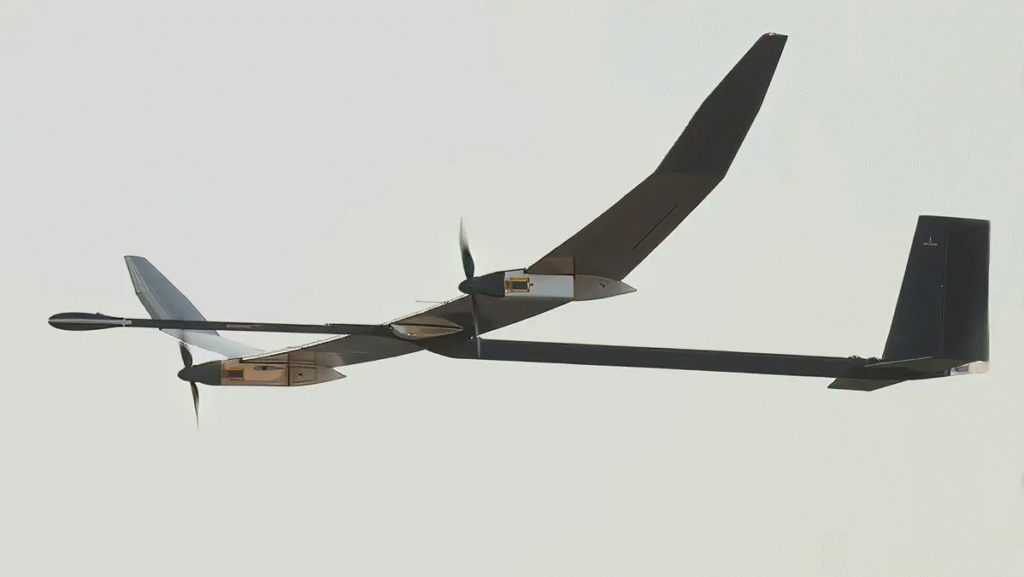
PHASA-35 represents a different category of large drone — one that can cruise in the stratosphere. With a massive 35-meter wingspan and a feather-light weight of just 150 kg (330 pounds), this High Altitude Pseudo Satellite (HAPS) drone floats at over 66,000 feet for months at a time. By day, it soaks up the sun through photovoltaic arrays. By night, it runs on energy stored in onboard fuel cells.
PHASA-35 is designed to deliver low-cost, ultra-persistent coverage for surveillance, communications, border protection, and even 5G networks, all without the price tag or carbon footprint of traditional satellites. Its modular payload bay also supports next-gen ISR tools and evolving tech, making it a plug-and-play platform for both defense and commercial use.
Zephyr

The Airbus Zephyr is a solar-powered stratospheric flyer with satellite ambitions minus the rocket launch. With a 25-meter wingspan and weighing just 65 kg, this ultra-light High Altitude Platform Station (HAPS) climbs to over 60,000 feet in about 10 hours and stays there, cruising far above commercial air traffic. Its solar arrays juice up by day, while next-gen batteries keep it airborne through the night. The current endurance record is 64 days. And with battery advances driven by the EV boom, a 90+ day span is well within reach.
Zephyr’s payload capacity may be just 5 kg, but it punches above its weight in capability, perfect for ISR, environmental monitoring, and future 5G connectivity. It offers persistent, low-cost coverage where satellites can’t go and conventional aircraft won’t last. After two decades of R&D, Zephyr is finally nearing commercial lift-off, ready to rewrite the rulebook on long-duration aerial surveillance and communication.
Ehang EH216-S
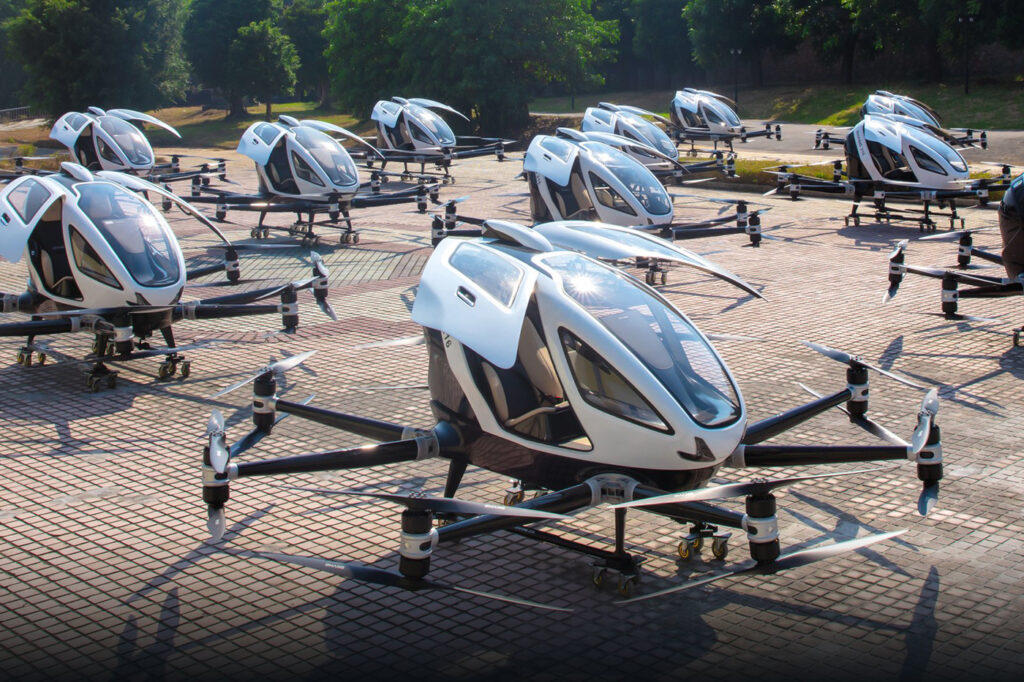
EHang EH216-S is the largest passenger UAV on the market, recently cleared for mass production in China. This sleek VTOL air taxi sports a carbon fiber fuselage, aviation-grade aluminum frame, and 16 coaxial rotors powered by 16 high-efficiency motors. It’s built to carry two passengers at speeds up to 130 km/h for trips up to 30 km—no pilot required.
The brains behind the flight? An automated control system and smart Battery Management System (BMS) that juggles 12 batteries to keep everything running safely, even if one goes down. Lightweight yet tough, the EH216-S combines epoxy composites and sensorless FOC motor control to maximize thrust and minimize heat. With successful manned and unmanned tests under its belt, this 620 kg aerial marvel is ready to revolutionize short-haul urban transport.
Curious to learn more about different drones? Browse Bavovna’s UAV directory.


